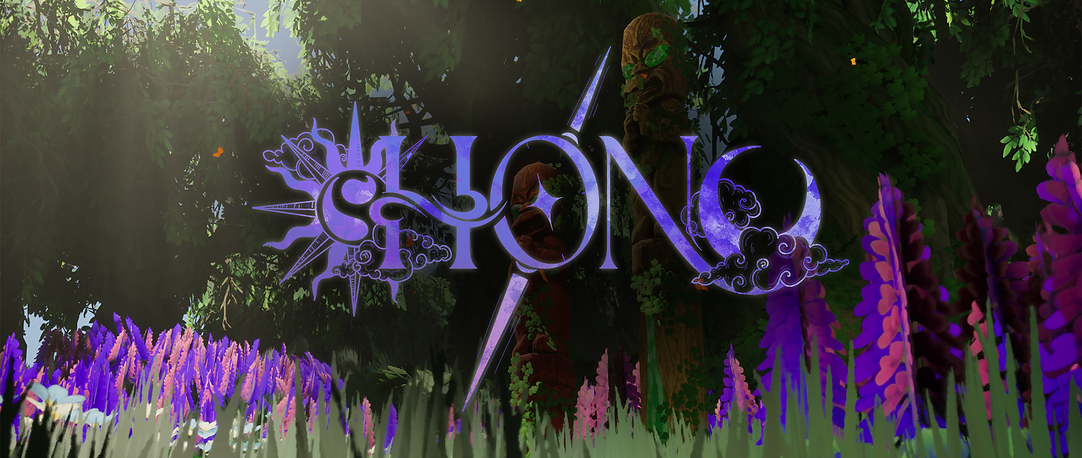
HONO

Third-person
Adventure
Metroidbrainia

Made in
9 months

A game where you explore to recover your lost memory
ROLE : GAME/Level Designer


CONTEXT
Hono is my bachelor end project made in Unreal Engine 5 which consisted in making a game on the theme "Culture Mystery and Discovery" in 9 months. I chosed to make an open world Adventure Metroidbrainia game inspired by the Maori culture.
In this game, you play as a spirit who's lost his memory. You explore an archipelago both as a spirit who can speak and listen to other characters and a bird who can manipulate its environnement.
At the start of this project, every student had to present a game concept and mine was selected. I chosed the maori culture because it's a dying culture and an oral culture that needs to be told through every form of medias, video games included, to assure its legacy. I was also inspired by my favorite game : Outer Wilds, which is a masterpiece in design. And what a better genre than a metroidbrainia (knowlegde-based game) to make people discover a culture.
GAME DESIGN
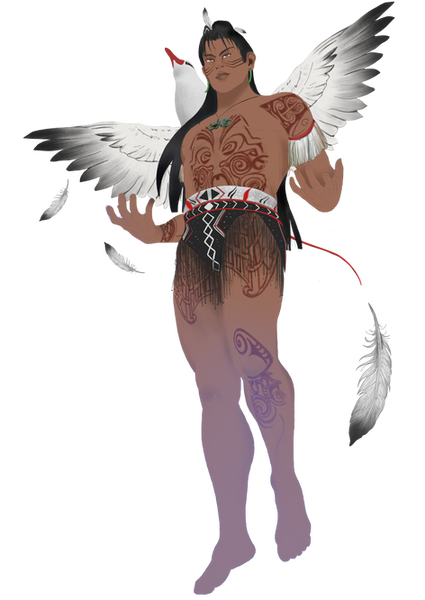
Since the game is a metroidbrainia (knowledge-based game), we needed a way to both communicate informations to the player and a way for the player to resolve puzzles.
I therefore decided to split in half the gameplay by designing two distincts characters : a spirit who can listen and discuss with NPCs and a bird who can explore and manipulate.
The purpose of it was for the player to switch between characters whenever
they were feeling like collecting informations or explore.
Mechanics
Bird
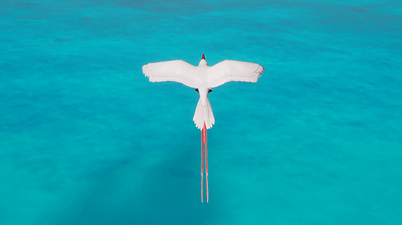

We needed a character that incarnates the idea of speed and freedom for the exploration part.
I therefore decided to choose the bird which, I think, best represents this idea.
I designed it to be very satisfying to use by working on the game feel (wind sound, wind vfx) as well as the controller (vibrations whenever boosting or using winds).
I had to design 2 movement modes for this character :
- The "slow mode" is the default one and helps the player be precise whenever guiding NPCs or trying to catch an object.
- The "fast mode" is active whenever the player dives or boosts. In this mode, the player is less precise but much quicker.
Though, the boost wasn't intially a mechanic.
I added it after some playtests because players felt that having to orient the camera down was constraining whereas we wanted the player to feel free.
Spirit


I designed the spirit to contrast with the bird character. Where the bird represents freedom, the spirit is the opposite.
Since this character is supposed to collect intels and not explore, I decided to limit its movements in zones around totems so the player focuses on looking for NPCs and talking with them.
As said before, this totem system gives the player micro-objectives of looking for them while exploring which allows me to create a structured experience. Whenever lost, the player can always look for a totem which will always redirect them to another place with the clues collected.
Dialogues
Since the spirit had to collect intels, we needed a way to communicate them to the player.
I decided to use a dialogue system to link it with the culture we're inspired from because it's a culture that's transmitted only by talking.
As other games do like Cyberpunk 2077 or Outer Wilds, I decided to highlight in dialogues importants informations (in orange) and lore-related ones (in white). This allows the player to quickly differentiate the informations needed to progress and the ones to learn about the world.
Memory

Players expressed the need to consult the informations gathered during their exploration of the archipelago.
Therefore, we took the ship's log from Outer Wilds and adapted it in our game under the shape of what we called the "memory". Indeed, this system represents symbolically the character's memory which can be consulted to have access to every intels encountered.
To organize this memory, we had the idea to represent each main objective as a constellation where each star is a pile of information (character, place or object).
To reinforce the game feel, I designed some feedbacks to help the player understand and use this system :
- Whenever the player discovers a new intel, there's a sound cue and the case's intel appears on screen.
- In the memory, each case with a new intel has a wobbling star.
Gameplay video
Level Design
For the Level Design, I wanted an open world to remind the freedom aspect mentioned earlier. This open world aspect allows the player to go anywhere they want and therefore play the game and resolve puzzles in any order.
The challenge was to create a main path for each main objective that the player could always come back to. This meant that every clues gathered throughout their playthrough would always lead them to one of the main objective.
I didn't take care of the macro aspect (world design/landscape) but rather the micro aspect (playable areas like villages, caves...) and also creating the puzzles and clues.
Methodology used


To begin with, I analyzed metroidbrainia games such as ours to identify how they managed to distribute the clues all around the map.
I've come up with this conclusion, imagine a planet consisting of 3 layers :
- The outer mantle : here are easily accessible clues that only redirect the player to lower layers.
- The inner mantle : here are clues that demand the player to explore a bit more and sometimes those clues are hiddent behind puzzles. They give intels to access the core layer/the main objectives.
- The core : here are the main objectives, always hiddent behind difficult puzzles but give the player objects or clues to access the final objective.
And, in each oh these layers, there's levels of clues depanding on their value.
Clues diagram

Then, I made this "clues diagram" on which I listed every clues, I specified their category (visual, textual...) and their levels based on their value and access difficulty (level 1, 2 or 3).
This is only an extract from the full diagram but clues can be linked together and/or to objectives.
This way, I could plan how to distribute each clues and puzzles on a plan.
Plan & Blockout
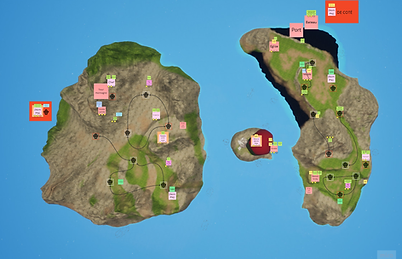
The other Level Designer I worked with made this map in Unreal so I could, as mentionned before, distribute the clues and puzzles on it.
Then I started blocking out the puzzles, the villages and everything, taking into account how to guide the player by contrasting and characterizing POIs (the waterfall village, the arch village...).
Playtests
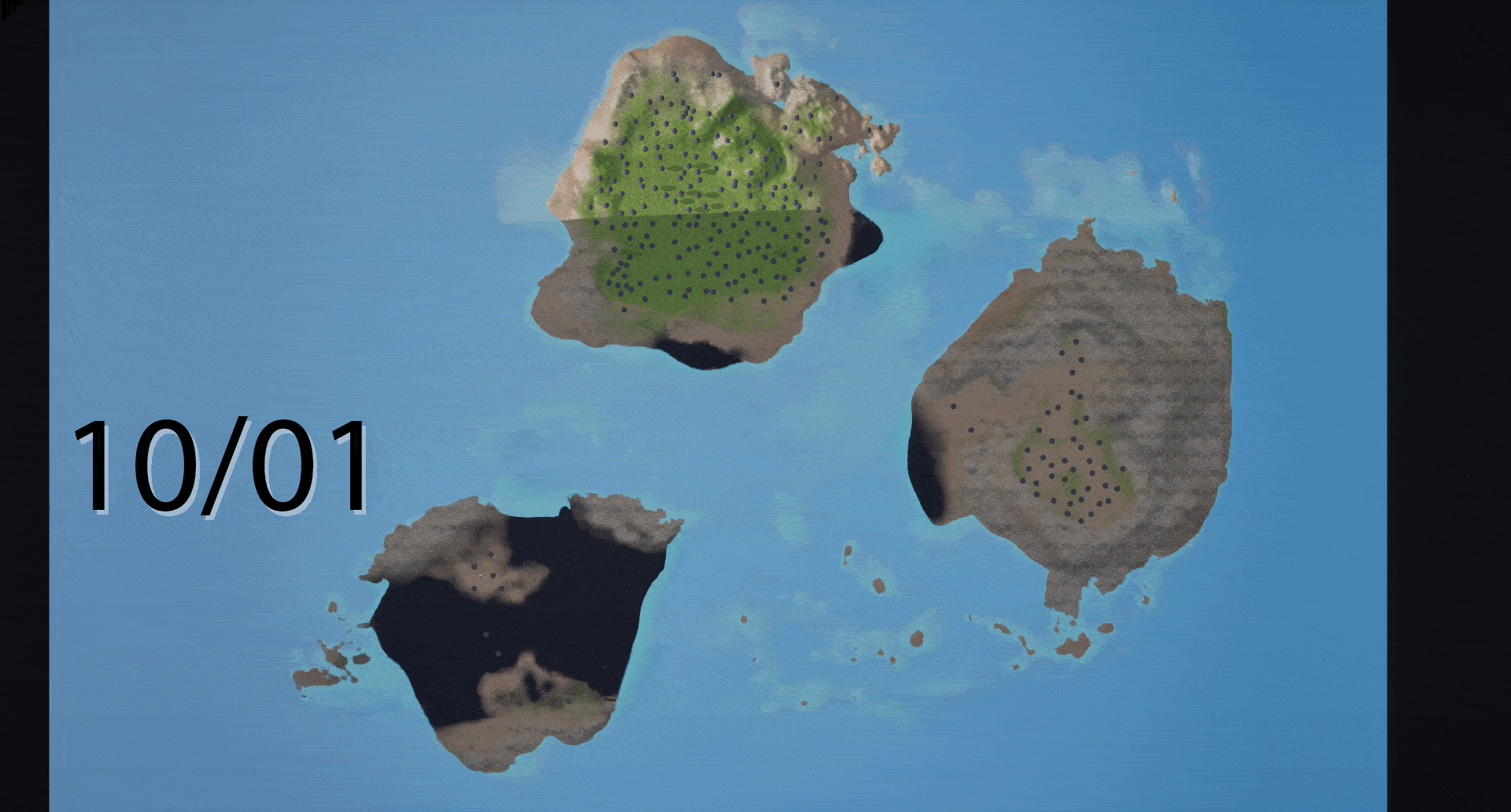
After blocking out the map in Unreal, we made lots of playtests that helped us iterate on the level design by reducing the archipelago's size, adding landmarks and integrating assets.
